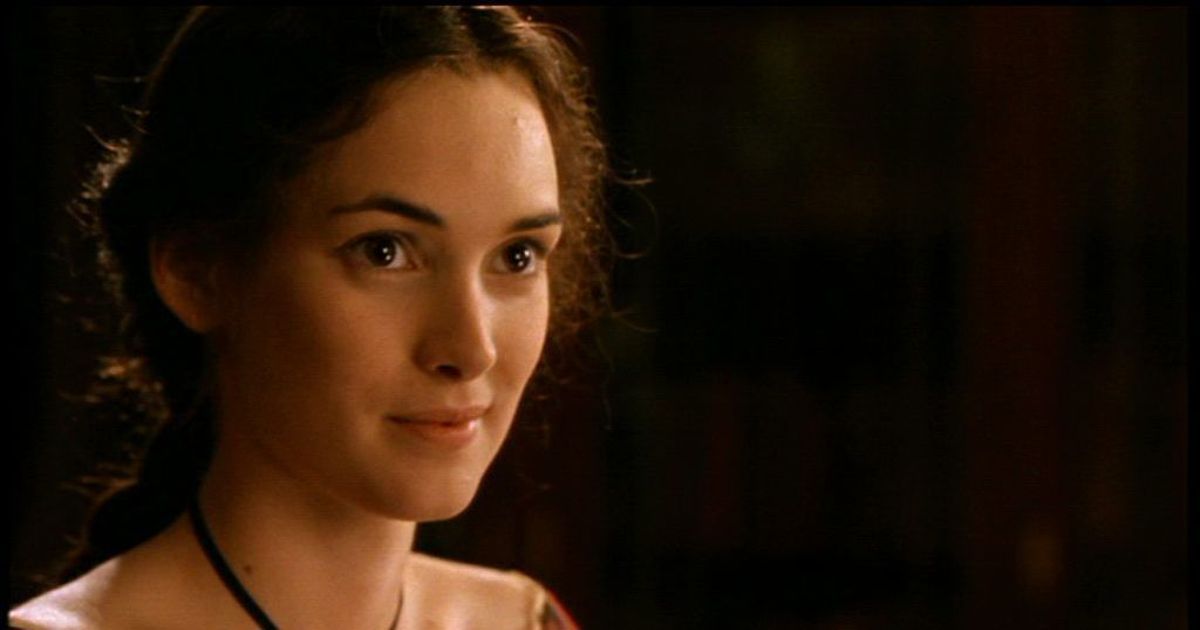The novel heroine chosen as a role model: Who is Josephine March?
Those who know, know that the adventures of the March Family do not end with two volumes of Little Women. The continuation of the story takes place in the novel Little Men, in which Jo and her husband Fritz educate boys and two girls aged between 3 and 16 at Plumfield School, and Jo's Children, in which these children grow up and are shaken by emotional turmoil.

As members of our generation were entering adolescence, Louisa May Alcott's Little Women, one of the favorite novels of the previous generation, was their bedside book. But there were some of us who chose one of those little women as their role models: Jo.
Little Women told the story of the Marches, an average American family of the time. The head of the family was sent to the front during the civil war. During this period, the mother and her four daughters endured a life full of deprivations. By focusing on this family's struggle for survival, the novel was about the American lifestyle of the period, gender relations, and especially the different states of femininity. Jo was a black sheep, distinguished from her blonde, delicate, and elegant sisters by her color, attitude, way of thinking, and mood. The scene where she cut her beloved, beautiful, shiny, and dark hair and sold it to the hairdresser to alleviate poverty a little, took her away from her emotional and helpless mother at home and closer to her durable, brave, and devoted father at the front. Jo was a young woman who tried to appear genderless, openly stated that she turned her back on concepts such as marriage and family, and wanted to read and write. This is why she used the masculine-sounding abbreviation Jo instead of her real name, Josephine.
Who is this March Family?
We know that Louisa May Alcott based these characters, and even the mother and father characters in the book, on her own family. Their real lives are as interesting as the book: Although the eldest sister Anna promises potential as a good actress, she ends up getting married and becoming the woman of the house. The youngest, Abigail May, is a talented painter and thanks to Louisa, who sells her stories, she receives education in Boston and continues her career in Europe. Elizabeth, who was described as the "angel of the family" in a couple of sources I read and whose death caused a lot of trauma, died of scarlet fever at the age of 22. That's all I could find about Elizabeth as a result of simple research, but I learned from Wikipedia that names such as Ralph Waldo Emerson and Henry David Thoreau gave speeches at her funeral.
An important piece of information about the world that surrounds parents and daughters. Because the mother and father who raise these girls are equally worthy of attention. The Bronson Amos Alcott and Abigail Alcott couple are intertwined with an intellectual environment that includes the literary figures of the period. Families who have adopted the Transcendentalist movement prefer the Socratic method for the education of their daughters: This is a system that allows students to find knowledge by asking questions themselves, rather than imprinting knowledge on their minds.
Little Women is a coming-of-age novel written by American novelist Louisa May Alcott, originally published in two volumes in 1868 and 1869. The story follows the lives of the four March sisters—Meg, Jo, Beth, and Amy—and details their passage from childhood to womanhood. Loosely based on the lives of the author and her three sisters, it is classified as an autobiographical or semi-autobiographical novel.
As a matter of fact, in the second part of Little Women, Mr. March defends exactly this idea while giving religious education to his granddaughter Demi: She states that despite Mrs. March's concern about "confusing the child", she answers the questions that are already in his mind. Considering the rote logic of the period, it is a very important approach. Beyond these, the family is an abolitionist, Bronson Amos Alcott states that women should have the right to vote, and talks about the benefits of a vegan diet. I don't know if many people would label themselves as SJW today. However, she was right in two of her three predictions. Although the third one is not yet widespread, it is clear that we are going to different places in terms of environmental and natural rights.
The woman who started it all, Louisa May Alcott
Jo is a girl who does not like the rules that a young girl in the 19th century is stuck with when acting ladylike. She has no worries about following fashion or following label rules. She is assertive about sports, she likes to play football, and cricket and talk about these subjects. On the other hand, this strong woman has a terrible anger management problem; She is so vindictive that she almost cost her sister's life. Although she was right to be angry with Amy about that. It is a nice detail that Abigail May and Louisa, who are known to be extremely close in real life, are presented as rival siblings in the novel and do not get along very well. On the other hand, they are two sisters who are close to each other in character: Meg and Beth are calmer, more unambitious types. For this reason, Amy is Meg's favorite and Beth is Jo's favorite.
